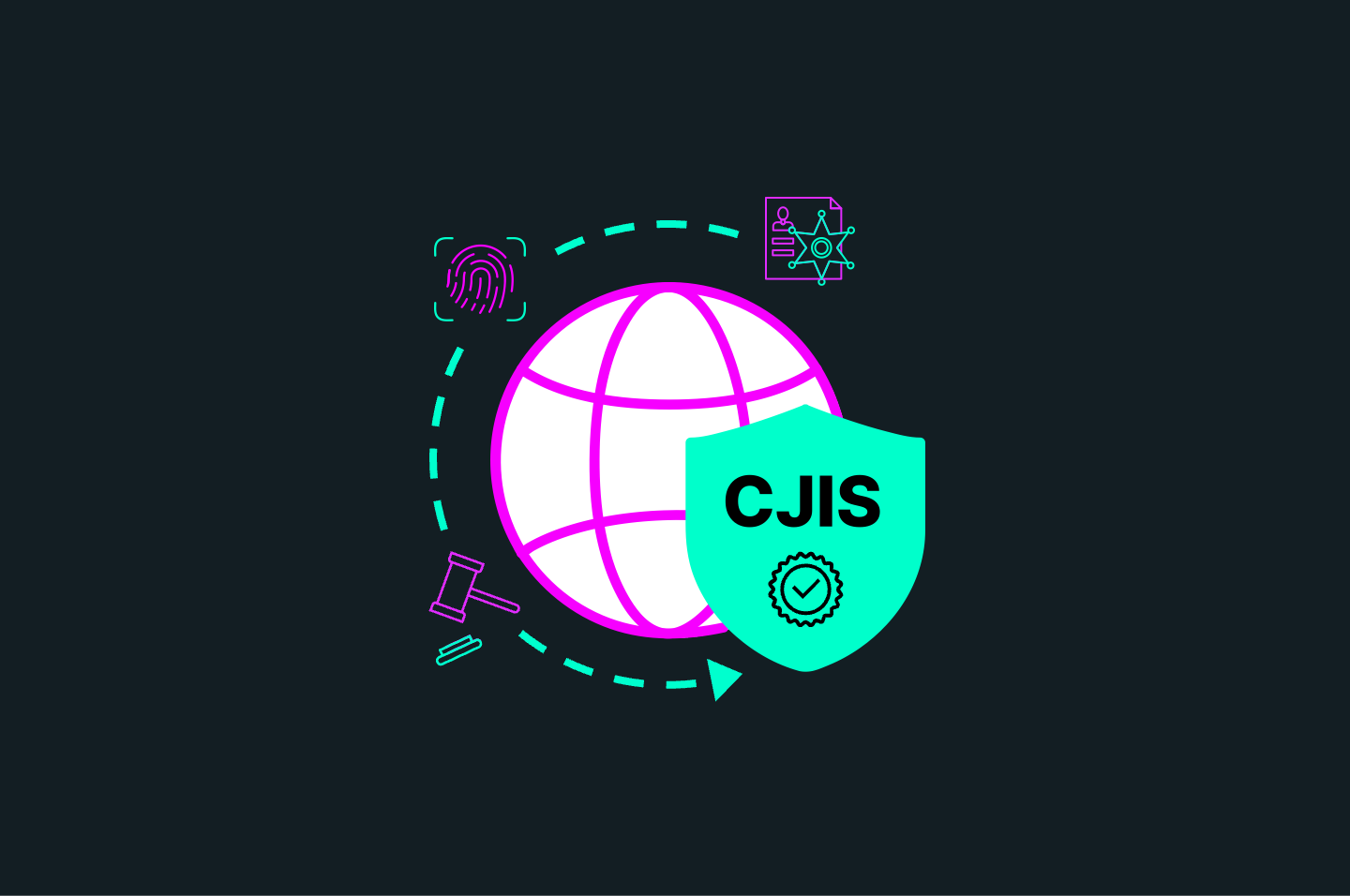Introduction
Key Takeaways

The compliance landscape is complex and ever-evolving, with new framework and control requirements emerging all the time. This is especially challenging for small and medium-sized businesses (SMBs) that may not have the resources or expertise to manage these obligations on their own.
Instead, many SMBs, and even some large enterprises, are turning to managed security services providers (MSSPs) for help. Sometimes, that even means undergoing rigorous assessments for compliance certifications that demonstrate specific frameworks are properly implemented and controls function as designed.
The challenge is that many of these requirements overlap and most organizations don’t have the comprehensive insight they need to get visibility into where work done for one framework also satisfies requirements for another. This leads to repeated entries of the same data into different databases, tedious processes, decreased productivity, and increased chances of human error, which could result in serious data breaches and a range of compliance fines and other punitive actions.
As difficult as this is for individual businesses, it’s even harder for MSSPs that remotely monitor systems and networks for multiple clients.
As an MSSP, when your client base expands, so too does the volume of frameworks and controls you manage. With a single client alone, you may be responsible for thousands of controls, and that increases with each client. It’s not unrealistic some MSSPs may manage tens of thousands of controls across increasingly stringent and complex cybersecurity and compliance regulations.
But it doesn’t have to be this complicated. By crosswalking your clients’ frameworks and controls, you can stop the duplicated work and get instant insight — in real-time — into implementation progress and compliance scoring. And, with the right tool, you can do all of this, in one platform, for all of your clients, no matter how large or how quickly your MSSP scales.
First, What is a Security or Compliance Framework?
A framework is a set of standards you can use to implement and manage industry-recognized best practices. In the context of security and compliance, frameworks help organizations manage risk and meet regulatory obligations. In many cases, frameworks and related controls demonstrate compliance with regulatory requirements. Frameworks create a structured approach to identify, assess, and mitigate risks while controls identify specific measures to reduce risk exposure.
There are four common framework types:
- Control-focused frameworks generally include a catalog of controls with guidance on how to implement and assess control effectiveness. Example: NIST SP 800-53.
- Program-focused frameworks help organizations develop and implement comprehensive security programs that often include risk management, asset management, access control, and incident response. Example: ISO/IEC 27001.
- Risk-focused frameworks help organizations identify, assess, prioritize, and mitigate security risks, as well as offer guidance on selecting and implementing appropriate controls. Example: NIST Cybersecurity Framework (CSF).
- Compliance-focused frameworks help organizations meet specific requirements for a regulation or standard by providing a list of required controls to meet those requirements. Example: Cybersecurity Maturity Model Certification (CMMC)
Increased Scrutiny and Regulatory Pressures Create Duplicate Controls Across Multiple Frameworks
The number of compliance frameworks and controls continues to increase and there’s no indication that’s likely to slow in the future. In fact, there will likely be more complex frameworks to keep pace with the changing threat landscape and rapid adoption of technologies like smart devices, operational technologies (OT), and cloud-based services.
Increased framework scrutiny and new framework development are driven in part by:
- Increased data breaches and cyber events.
- Attack complexities and sophistication.
- Growing importance of and public expectations about data security and privacy.
- More government involvement in cybersecurity and compliance.
As regulatory pressures evolve, new challenges arise for organizations that need to find ways to manage framework obligations more efficiently and effectively. However, companies struggle to keep up with these pressures for a number of reasons:
- They have limited budgets, resources, technologies, and tools, and they often lack expertise to understand and implement frameworks and controls.
- They don’t have effective framework and control management processes. Some still use spreadsheets and word processing tools for tracking and monitoring.
- They’re focused on other business matters and can’t keep up with the complex and dynamic landscape.
- New risks emerge all the time and it’s challenging to know which frameworks best mitigate those risks based on an organization’s unique risk profile.
- Many frameworks are recommendations and not prescriptive, so teams don’t understand which controls they need or how to take a tiered approach to implementation.
- Audit and certification processes are often complex and time-consuming, overextending budgets and resources.
Creating New Service Opportunities
The impact of these evolving framework and control requirements, while sometimes frustrating, creates many benefits to help organizations implement cybersecurity and compliance best practices and:
- Proactively identify and mitigate risks before they cause any damage.
- Provide a clear structure to follow, which saves time, money, and resources.
- Create scalability and flexibility to meet organizational needs and maturity levels.
- Demonstrate compliance with regulations and standards.
- Provide a consistent set of controls and standardized, repeatable processes across the organization.
- Communicate program goals to employees and key stakeholders in alignment with business needs.
Increased framework and control requirements also present new opportunities for MSSPs. By helping clients meet these obligations, you can stand out from the competition and expand your services to help clients:
- Understand and implement frameworks and controls.
- Effectively manage risks.
- Reduce costs and complexities.
- Get insight into duplicated work to decrease repeated processes.
- Automate tasks, from framework and control implementation to management.
- Increase efficiency.
- Monitor and report on compliance.
- Conduct compliance assessments for audit and certification prep.
- Test controls to ensure they’re working as intended.
- Develop strategies to identify current framework compliance issues and recommendations to address them.
Crosswalking to Decrease Framework Complexities
Crosswalking frameworks is the process of mapping controls in one framework to controls in another. This helps organizations identify common controls across multiple frameworks.
While MSSPs can crosswalk frameworks manually, it is complex and time-consuming. Automated crosswalking solutions can facilitate this process, empowering your clients to meet framework obligations. A crosswalking tool can also:
- Make it easier to see the big picture of client compliance obligations so you can identify common controls and develop a comprehensive compliance plan.
- Help manage more clients with less lift: Automating crosswalking processes frees up your staff to focus on other things, such as implementing and managing security and compliance solutions, and enables you to scale your MSSP without adding additional resources.
- Increase confidence in compliance posture: By ensuring your clients have implemented all required controls, you can reduce the risk of non-compliance.
- Proactively identify and mitigate risk: By mapping client controls to framework requirements, you can uncover gaps in client compliance posture and work with them to implement appropriate controls to mitigate risk.
- Increase efficiency: By automating the crosswalking process, you can avoid manually crosswalking frameworks and controls for each client, which eliminates duplicate processes, and saves time and money.
- Help teams adopt practices once and apply them consistently across all clients: By using a single crosswalking solution, you can develop a set of standardized, repeatable best practices and then apply them to all clients, regardless of how many frameworks or controls they use.
- Improve accuracy: By using a single set of data and tools to crosswalk all of your clients' frameworks and controls in a single platform, you can improve accuracy of crosswalking results.
- Reduce costs: By purchasing and maintaining one set of tools and processes in a single framework management platform, you can reduce costs related to crosswalking management.
- Increase client satisfaction: Crosswalking using an automated solution will give your clients a more consistent and efficient experience, which leads to improved satisfaction.
Crosswalking Best Practices
Crosswalking frameworks and controls is a powerful tool you can use to help your clients meet framework obligations. If you’re not already increasing efficiency and reducing framework and control management complexity with crosswalking, here are six best practices to get you started so you can manage multiple clients at once:
- Develop a crosswalking methodology to define steps your team will follow to crosswalk frameworks and controls, as well as the tools and resources they will use.
- Identify common controls your clients need to comply with applicable frameworks. Save time by eliminating manual reviews and instead use a crosswalking solution with this capability.
- Map controls in applicable frameworks.
- Identify gaps in your client’s framework posture. These gaps are controls they should implement for compliance.
- Remediate gaps by establishing a timeline and action items to add additional controls or mature existing controls to address those gaps.
- Continuously monitor and maintain compliance with a plan to move to the targeted framework posture as your client’s company evolves. This includes routine reviews of frameworks and controls to ensure they remain aligned with requirements.
Harmonizing Frameworks With Apptega
If your teams tried to manage all of your clients’ frameworks and controls through manual processes, they’d never be able to keep up. They’d be prone to errors, have reduced compliance, and struggle to document and maintain policies and procedures, which all could lead to unhappy clients, and even bigger potential consequences like fines, penalties, and response and recovery costs that can easily stretch into millions of dollars.
Instead, use a cybersecurity and compliance framework and control automation platform to crosswalk frameworks and manage these obligations more effectively.
A solution like Apptega can help your teams:
- Identify and prioritize framework selection, implementation, and management requirements for all of your clients — in a single platform.
- Implement and maintain controls.
- Get insight into where controls and frameworks overlap.
- Identify framework gaps and make mitigation plans to resolve them.
- Establish and track action item timelines, complete with roles and responsibilities, alerts, and notifications.
- Monitor frameworks and controls in real-time with compliance scoring.
- Analyze framework and control data for more effective decision-making.
- Implement and track key performance indicators (KPIs) and other metrics.
- Create customized reports for your target audiences like client IT teams or key stakeholders.
- Demonstrate your value to clients by showing them how Harmony helps automate tasks, and reduce complexity, costs, and compliance risk, positioning your MSSP as a trusted partner.
With increased efficiency, accuracy, consistency, and more effective risk identification and management, Harmony can help you better serve your clients. Are you ready to simplify framework management and scale your business?
.svg)





